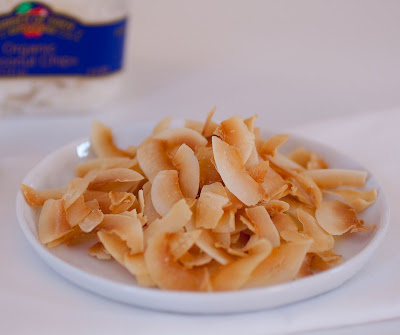With a name like ‘Boyle’, you’d think I’d know a thing or two about Irish Soda Bread. Sad to say, my exposure to it was limited to once a year, right around St. Patrick’s Day, when my (Welsh) mother whipped up a loaf for the family. She used Eugene Sweeney’s recipe. Dr. Sweeney, the family dermatologist, was a colleague of my Dad’s, and a connoisseur of Irish Soda Bread. I thought his recipe
was pretty good, but little did I know then that it broke a lot of rules concerning authentic Irish Soda Bread. According to a website called the Society for the Preservation of Irish Soda Bread (www.sodabread.info), traditional Irish Soda Bread (which the Irish obviously refer to as simply ‘soda bread’) is made with flour, baking soda, salt, and soured milk (or buttermilk), and must never
contain the following ingredients:
*zest, orange or any other kind
*Irish Whiskey
*Honey (substitute for sugar)
*Sugar
*eggs
*Shortening
*Double Cream
*Sour Cream
*Yogurt
*Chocolate
*Fruit
In other words, one man’s tradition is another man’s sacrilege. Most soda-bread-eating Americans (who didn’t emigrate from Ireland, that is), probably have enjoyed this seasonal treat made with sugar and raisins. But according to our friends at the SPISB, if you stick raisins in your bread, it’s called Spotted Dog, not Soda Bread. As for the sugar, if you add that, it’s called cake, not bread. Who knew

they had so many rules about bread over there in Ireland? Actually, it’s more about honoring the history of the bread than about hardfast rules. Back in the early 1800’s, when it was introduced, soda bread was a working man’s treat, so it wouldn’t have been made with relatively luxurious ingredients such as raisins or citrus zest, or even butter, which makes perfect sense. You also may be curious about the cross mark on top of this specialty bread. This serves two purposes: first, it’s a symbol of the cross, which resonates in a predominantly Catholic country and is a way of giving thanks. The second reason is to allow the heat to permeate the thickest part of the loaf, allowing for more even baking. All this being said, what I present to you here is not Irish Soda Bread at all, I freely admit. And it’s not Eugene Sweeney’s recipe, which contained eggs, shortening and sugar, not to mention raisins and caraway seeds. My version’s got the sugar, a bit of butter, some raisins and caraway seeds. Not the real deal, but still quite delicious. It’s Irish Soda Bread, American Style, a tradition of its very own. And don’t forget to serve it with lashings of Irish butter and some excellent jam. Happy St. Patrick’s Day to all!





















